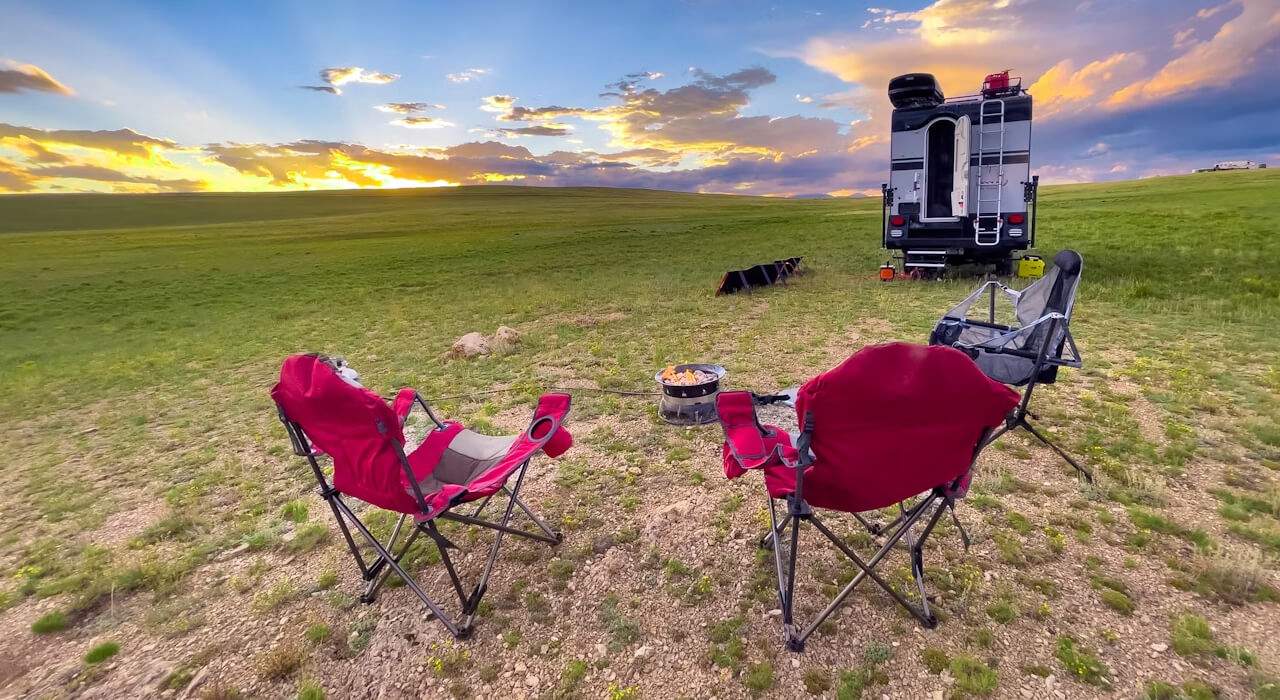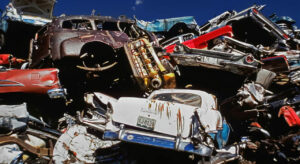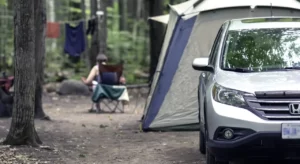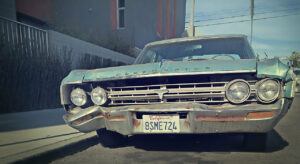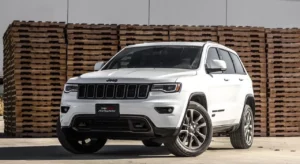When you’re preparing for a road trip in your RV, it’s important to perform a thorough check on your vehicle before you drive it anywhere. Since RVs are all slightly unique depending on their size, model, and manufacturer, the necessary checks might differ slightly across different vehicles.
With so many moving parts of fixtures inside an RV, you might need to spend several hours checking over your vehicle. As tedious as this might sound, it’s important to perform thorough checks to ensure your vehicle is safe and secure, and functions optimally.
Regardless of where you’re travelling to and how long you plan on being away, you’ll need to run through a basic checklist to ensure every aspect of your vehicle is in working order and doesn’t need replacing. Below, we have covered some general guidelines on what to check before taking a long road trip in your RV to stay safe and avoid a road traffic accident.
Vehicle Fixtures
There is a wide range of fixtures inside an RV, all of which contribute to your comfort and safety during a vacation or excursion. Fixtures may include:
- Kitchen cabinets
- Fixed kitchen appliances, such as the fridge or freezer
- Kitchen sink and taps
- Bedroom cupboards, such as a built-in wardrobe or fixed drawers
- Bathroom sink, taps, toilet, shower, and bath
If any of the fixtures are loose, make sure to re-secure them before you head onto the road. Loose fixtures can become safety hazards and may lead to serious accidents and injuries if left untouched.
You might need to replace significantly damaged or broken fixtures altogether. Consider investing in replacement parts so you can perform quick repairs whilst completing your checklist. For example, it’s worth gathering RV toilet repair parts for pre-trip or on-the-go repairs to ensure you’re not left without somewhere to do your business during your road trip!
Vehicle Maintenance Checks
There are several essential vehicle maintenance checks to perform before you take your RV onto the road, especially if you have a long journey ahead of you. Performing vehicle checks can reduce your risk of a road traffic accident and associated injuries.
Suggestion: Difference Between 2024 Mazda CX 30 vs CX 5 – Which Is Better?
Here are some key things to check on your vehicle:
- Your fuel level – if your fuel is low or you don’t think you have enough miles left in your RV’s tank to get safely to your destination, fill up before you set off or on the way.
- Oil level – check that your oil is within the acceptable range. If not, fill it up accordingly, making sure to use the right type of oil for your RV (you can find information about this in your vehicle handbook).
- Tyres – check that your tyres are inflated to the legal requirement and have between a 1.6 to 3 mm tread to allow for maximum traction on the roads.
- Coolant and fans – check that your RV’s coolant level is appropriate and the fans aren’t blocked by dust or debris
- Headlights – check each headlight, including your fog lights, rear lights, and internal lights, to ensure it’s working properly.

